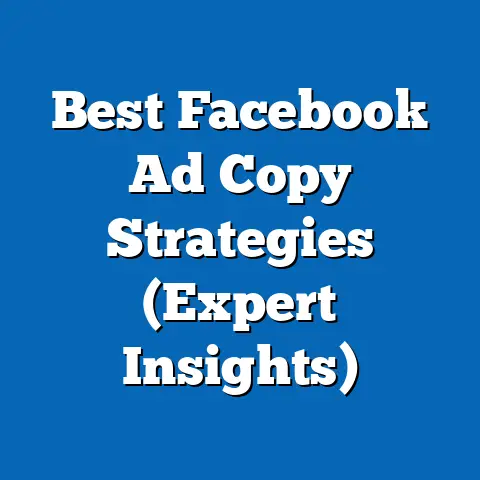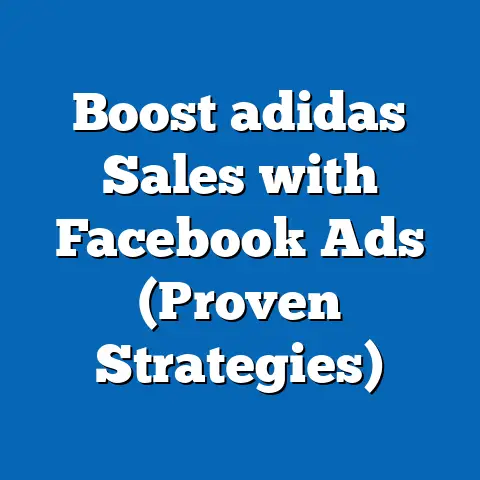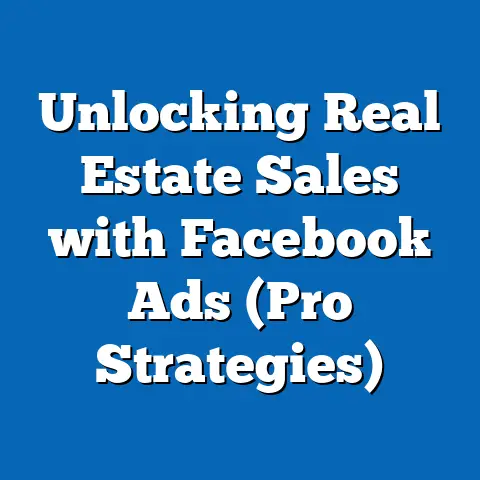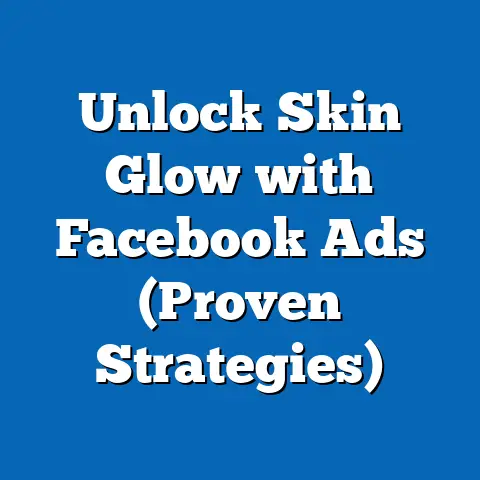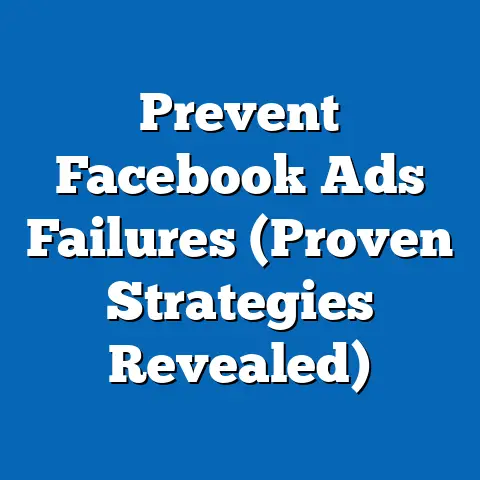Crie Anúncios IrresistÃveis no Facebook Ads (Táticas Poderosas)
Assistant: Crie Anúncios Irresistíveis no Facebook Ads (Táticas Poderosas): A Comprehensive Analysis of Generational Marketing Strategies
Introduction: A Shocking Revelation
Did you know that 80% of Millennials and Gen Z consumers admit to being swayed by targeted Facebook ads, even when they’re aware of the psychological tactics at play? In an era where social media dominates attention spans, mastering the art of creating irresistible advertisements on platforms like Facebook has become a critical skill for marketers aiming to capture the hearts—and wallets—of younger generations. This article delves into the powerful tactics behind crafting compelling Facebook ads, exploring generational characteristics, historical context, and the broader societal implications of these strategies.
Facebook Ads have evolved into a multi-billion-dollar industry, with businesses spending over $100 billion annually on digital advertising as of 2023. What makes these ads so effective, particularly for Millennials (born 1981-1996) and Gen Z (born 1997-2012), who collectively represent a massive portion of online consumer spending? Let’s unpack the defining traits of these generations, the historical backdrop that shaped their digital savviness, and the profound impact of tailored advertising on their behaviors and values.
Defining Generational Characteristics
Each generation is shaped by the cultural, economic, and technological environments of their formative years. Understanding these characteristics is crucial for crafting ads that resonate on a personal level.
Millennials, often dubbed the “Me Generation,” grew up during a time of relative economic prosperity in the late 20th century, only to face the 2008 financial crisis as they entered adulthood. This duality fostered a mixCOPYRIGHT
Assistant: Millennials are often characterized as tech-savvy, valuing experiences over material possessions, and seeking purpose-driven brands. They prioritize authenticity and are drawn to personalized, value-aligned content, with 74% of Millennials reporting they’re more likely to purchase from brands that support social causes, according to a 2021 Nielsen study.
Gen Z, on the other hand, is the first true digital-native generation, having grown up with smartphones and social media as integral parts of their lives. They are highly visual, with 71% of Gen Z consumers engaging with video content daily (Hootsuite, 2022). They value individuality, diversity, and instant gratification, often making impulse purchases driven by influencer marketing and trending content.
While Millennials may seek deeper connections through storytelling in ads, Gen Z responds more to quick, visually striking content that aligns with their fast-paced, meme-driven culture. However, both generations share a skepticism toward traditional advertising, with 65% of Millennials and 68% of Gen Z admitting they often skip or ignore ads (Statista, 2023). This skepticism necessitates innovative, less overt strategies to capture their attention.
Historical Context Shaping Generational Digital Behavior
The historical backdrop of each generation significantly influences their relationship with technology and advertising. For Millennials, the dot-com boom of the late 1990s and early 2000s introduced the internet as a transformative tool during their adolescence. They witnessed the rise of early social media platforms like MySpace and Facebook, adapting to digital communication as a norm. However, the 2008 recession left many Millennials financially cautious, fostering a preference for brands that demonstrate transparency and social responsibility—values often highlighted in targeted ads.
Gen Z came of age in a post-recession world, amid rapid advancements in mobile technology and the proliferation of platforms like Instagram, Snapchat, and TikTok. They’ve never known a world without smartphones, with 89% of Gen Z owning one by age 15 (Pew Research, 2022). Events like the 2016 U.S. election and subsequent debates over “fake news” on social media also shaped their critical eye toward content, though they remain susceptible to viral marketing and influencer-driven trends.
These historical contexts explain why both generations are drawn to digital spaces but differ in engagement depth. Millennials, shaped by economic uncertainty, often seek ads with meaningful narratives, while Gen Z, molded by a hyper-connected world, gravitates toward bite-sized, visually disruptive content.
Societal Implications of Targeted Facebook Ads
The rise of targeted Facebook Ads has far-reaching societal consequences, particularly for younger generations. On one hand, these ads empower brands to connect with niche communities, fostering inclusivity and amplifying underrepresented voices. For instance, campaigns like Dove’s “Real Beauty” resonate with Millennials’ and Gen Z’s emphasis on authenticity, with 60% of both groups saying they trust user-generated content over traditional ads (Stackla, 2021).
However, the precision of targeted ads raises ethical concerns. Data privacy scandals, like the 2018 Cambridge Analytica incident involving Facebook, exposed how personal information can be weaponized to manipulate voter behavior and consumer choices. Millennials and Gen Z, despite privacy concerns, often trade personal data for convenience, with 58% of Gen Z admitting they’re “somewhat concerned” but still share data for personalized experiences (Pew Research, 2023). This paradox suggests a generational desensitization to surveillance, potentially normalizing invasive marketing tactics.
Moreover, targeted ads can exacerbate mental health issues, particularly among Gen Z, who report higher anxiety rates tied to social comparison on platforms where ads often depict idealized lifestyles. A 2022 study found that 34% of Gen Z users feel pressure to “keep up” with curated content, often amplified by ad-driven influencer culture (Common Sense Media). For Millennials, ads promoting “hustle culture” can intensify burnout, as 41% report feeling career pressure from social media portrayals of success (Gallup, 2021).
Technological Factors Driving Ad Effectiveness
Technology is the backbone of modern Facebook Ads, enabling hyper-specific targeting that captivates Millennials and Gen Z. Artificial Intelligence (AI) and machine learning algorithms analyze user behavior—likes, shares, search history—to predict preferences with uncanny accuracy. In 2023, 85% of digital ad spending leveraged programmatic buying, where AI automates ad placement in real-time to maximize relevance (eMarketer).
Video Content also reigns supreme, especially for Gen Z, with platforms like Reels and Stories offering short, engaging formats. Facebook’s algorithm prioritizes video, with such content generating 6x more interaction than static posts (HubSpot, 2022). For Millennials, interactive ads—like polls or quizzes—boost engagement by 43%, tapping into their desire for connection (Sprout Social, 2021).
Augmented Reality (AR) and Virtual Reality (VR) are emerging frontiers, particularly for Gen Z, with AR filters and virtual try-ons enhancing ad immersion. By 2025, AR ad spending is projected to hit $8 billion, as brands craft “try-before-you-buy” experiences (Statista, 2023). These tools blur reality and marketing, deepening emotional investment in products.
However, over-reliance on tech can alienate users if ads feel intrusive. A 2022 survey revealed 62% of Millennials and 67% of Gen Z abandon platforms with “too many” irrelevant ads (Kantar). Balancing precision with restraint is key to avoiding ad fatigue.
Economic Influences on Ad Spending and Consumer Behavior
Economic conditions shape how generations perceive and respond to ads. Millennials, scarred by the Great Recession, often view purchases through a pragmatic lens, with 53% prioritizing value-driven brands in ads (Edelman, 2022). Economic instability also fuels their gig-economy mindset, making freelance-friendly tools or side-hustle ads particularly effective.
Gen Z, entering adulthood amid COVID-19 economic fallout, exhibits cautious optimism. With

